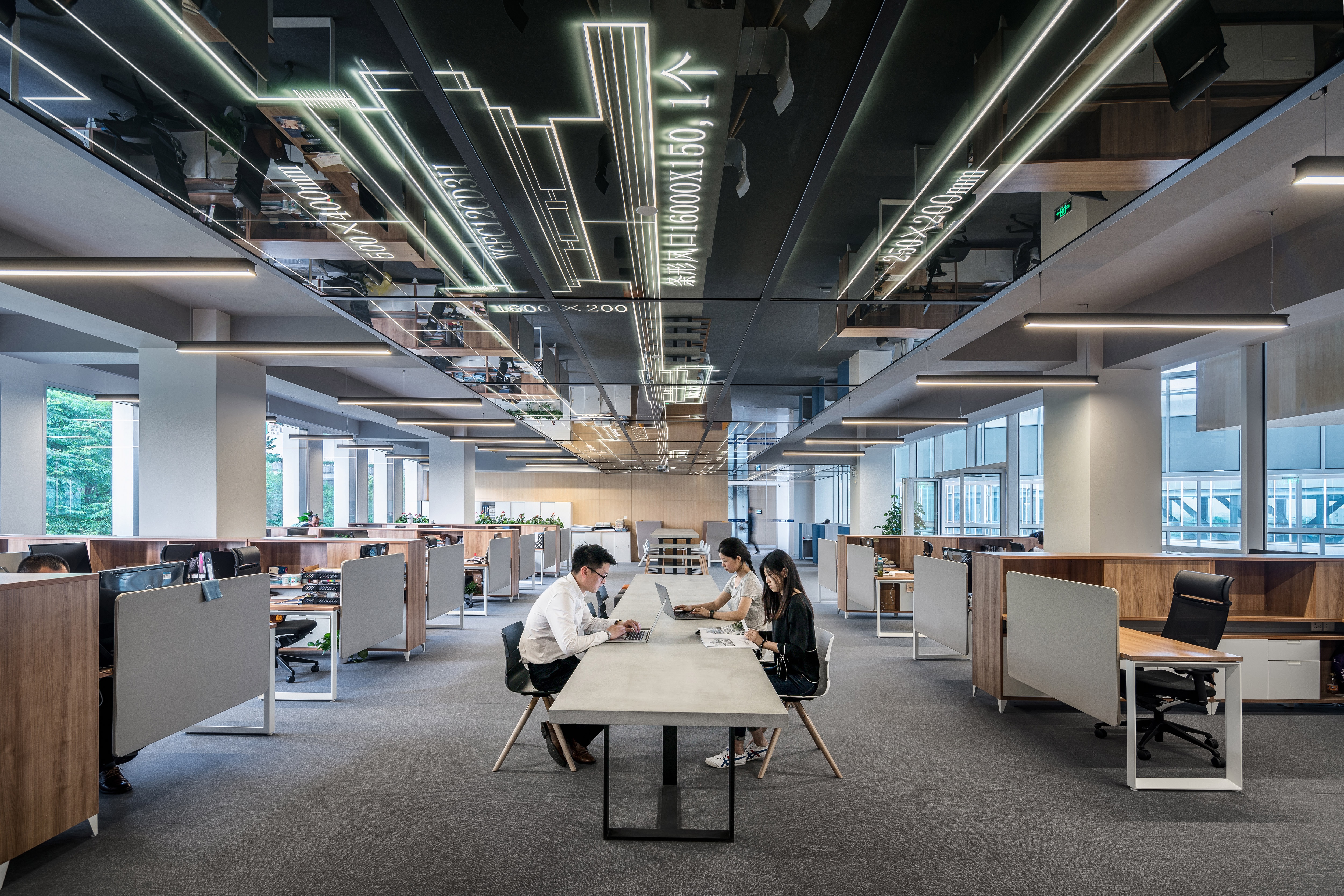
Covid-19 has had an unprecedented effect on business in South Africa, with significant knock-on implications for commercial property. According to Craig Mott, Cape Town Regional Sales Manager for the Rawson Property Group, understanding these implications – and how to accommodate the resulting trends – is essential for investors looking to safeguard the performance of their commercial portfolios.
“Office space has probably seen the most obvious shifts post-lockdown,” says Mott. “A lot of businesses have had to close their doors or reduce their footprint to save costs and accommodate a partial or fully work-from-home workforce. This has led to an increase in demand for smaller office spaces, and an uptick in office vacancies, reinforcing the favourable market conditions for tenants and increasing turnover as businesses shop around for more appropriate spaces at the best possible prices.”
Retail, too, has seen a movement towards more compact footprints as shoppers favour local shopping centres over major malls. This, Mott says, has doubtless contributed to poor tenant payment performance, with TPN showing only 50.36% of retail tenants in good standing in the second quarter of 2020.
Not all commercial entities are downscaling, however. Some are actually expanding post-lockdown.
“A lot of businesses who can’t accommodate a work-from-home workforce are needing more space to enable appropriate social distancing in-office,” says Mott. “In these instances, landlords would be well-advised to accommodate the expansion as favourably as possible or risk losing loyal tenants to those with more flexibility.”
Being open to negotiation and willing to compromise where necessary is essential for all commercial landlords in order to minimise vacancies, says Mott. However, this does not mean there aren’t opportunities to lay foundations for future growth. In fact, certain sectors are already experiencing promising movement.
“Demand for warehousing, distribution hubs and data centres has definitely been growing thanks to the massive boom in online shopping,” says Mott. “Mixed use developments are also becoming increasingly sought-after, leveraging their lifestyle benefits to attract residents and office tenants, and their ‘captive audience’ to attract shops, restaurants and other service providers.”
Other sought after features that landlords can use to attract and retain tenants include sustainable design and green initiatives to reduce operating costs. Mott says short term or flexible letting may also be an opportunity for landlords with vacant properties that are struggling to attract long-term occupants.
“A lot of businesses are navigating uncharted waters at the moment,” he says. “Many of them will only really know what kind of space and footprint they need as they get further down the path to recovery. In the meantime, the ability to let short term facilities could be extremely attractive as a way to meet current needs without being locked in for the very unpredictable future.”
Mott believes this kind of flexibility and “out-of-the-box thinking” will be the hallmark of successful commercial property investment moving forward.
“Gone are the days of mega-malls and skyrise dedicated office-blocks,” he says. “Times have changed, and commercial properties need to change with them. The key to success is not just going to lie in recognizing opportunities, but in cultivating the flexibility to embrace them as and when they arise.”